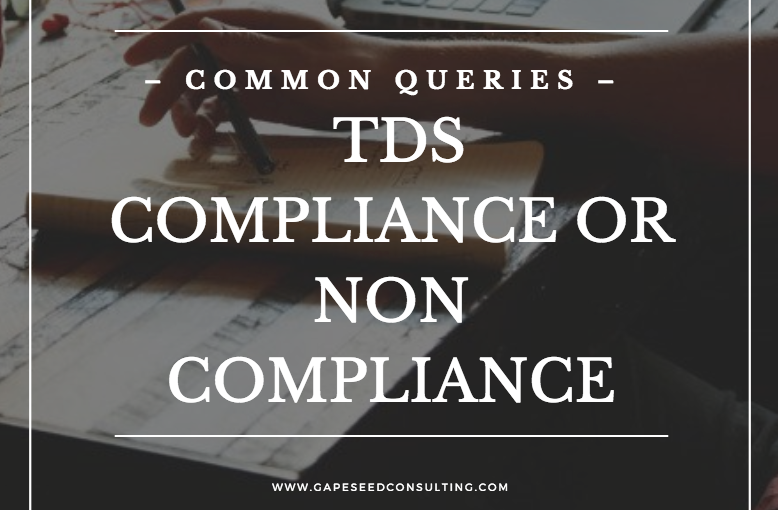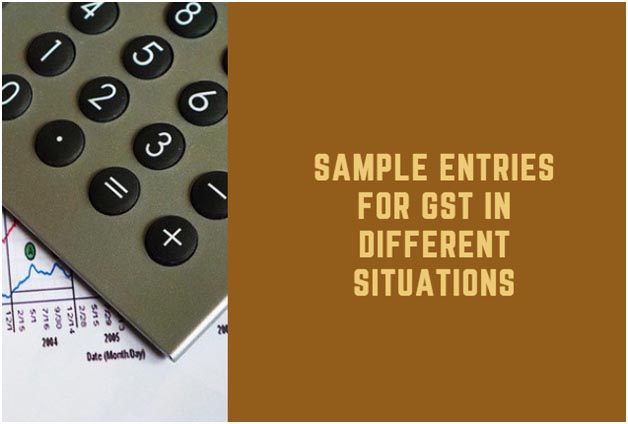What will happen if-
- We do not deduct TDS?
- We deduct do not deposit the deducted amounts?
- We deducted and deposited the TDS amount but we do not file Return?
- We Filed TDS return but as per convenience not as per the due date prescribed?
- We Filed TDS return as per the due date prescribed but not Issued TDS/TCS certificates to deductees?
These are the common queries we encounter on daily basis in relation to TDS compliances, here in this Article I have tried to answer all the above questions and the Consequences in cases where question raised after the event of Non compliance occurred. From the above Queries we have prepared a list of non compliances in relation to TDS and TCS which need to be taken care of in every organization where TDS or TCS is applicable.
Major TDS related Non Compliances:
- Non Deduction or Short Deduction of TDS (Basically, Not As per TDS rates Prescribed),
- Non Deposit of TDS by due date of Payment as Prescribed,
- Non filing or late filing of TDS return or declaration of NIL return by due date of Filing of Return or filing within One year from the due date of filing of return,
- Late filing of TDS return or declaration of NIL return after one year from the Due Date of Filing of Return,
- Non Issuance of TDS Certificates by Due date as prescribed,
- Wrong PAN or Invalid PAN or PAN not available in the Return but TDS deducted at Lower Rate of TDS (In such cases TDS @ 20% is required to be deducted, if TDS @ 20%is higher than Rate Prescribed)
Major TCS related Non Compliances:
- Non Collection or Short collection of TCS (Basically, Not As per TCS rates Prescribed),
- Non Deposit of TCS by Due date of Payment as Prescribed,
- Non filing or Late Filing of TCS return or Declaration of NIL return by Due Date of Filing of Return or filing within One year from the due date of filing of return,
- Late filing of TCS return or Declaration of NIL return after One year from the Due Date of Filing of Return,
- Non Issuance of TCS Certificates by Due date as prescribed.
Following are the Major penalties, which are applicable in above mentioned cases of Non compliances:
- Interest (If Not deposited TDS/TCS by the Due Date of Payment)
- Late filing Fees (If Not filed TDS return by Due Date of Filing of Return)
- Penalty (if Return is not filed within One year from the Due date of Filing of Return)
Interest
Under Section 201(1A) for late deposit of TDS after deduction, Deductor has to pay interest. Interest is @ 1.5% per month from the date at which TDS was deducted to the actual date of deposit. Note that Interest is to be calculated on a monthly basis and not based on the number of days i.e. part of a month is considered as a full month.
For example, say TDS payable amount is Rs5000 and the date of deduction is 10th January. Say you pay TDS on 20th May. Then the interest you owe is Rs 5000 x 1.5% p.m. x 5 months = Rs 375.
“Month” has not been defined in the Income Tax Act, 1961. However, in number of cases at High Court, it has been mentioned that it should be considered as a period of 30 days and not as an English calendar month.
TDS amount is to be paid from the date at which TDS was deducted, not from the date from which TDS was due.
For example, let the due date of TDS payment be 7th June and you have deducted TDS on 20th May. Say you have not deposited TDS by 7th June. Then you will be required to pay interest starting from 19th May and not 7th June.
Also consider the case in which you deposit tax one month after the due date. Say you have deducted TDS on 1st July. Then the due date is 7th August. Now say you deposit tax on 8th August (i.e. one day after the due date). Then interest is applicable from 1st July to 8th August i.e. for a period of 2 months. You now have to pay interest of 1.5% p.m. x 2 months = 3%.
Late Filing Fee
Under Section 234E, Dedcutor will have to pay a fine of Rs 200 per day (two hundred) until the Date of filing of return. Dedcutor has to pay this for every day of delay until the fine amount is equal to the amount you are supposed to pay as TDS.
For example, say that TDS payable amount is Rs 5000 on 13th June and it is paid on 17th December (i.e. 189 days, counting 17th December). Then the calculation comes out to Rs 200 x 189 days = Rs 37800, but since this is greater than Rs 5000, Dedcutor will have to pay only Rs 5000 as the late filing fee. Added to this, Dedcutor also have to pay interest which is covered in the section 201(1A) mentioned above.
Penalty
Equals to the amount that was failed to be deducted/collected or remitted may be imposed.
Prosecution (Sec 276B): If a person fails to pay to the credit of the Central Government,—
The Tax deducted at source by him as required by or under the provisions of Chapter XVII-B, he shall be punishable with rigorous imprisonment for a term which shall not be less than three months but which may extend to seven years and with a fine.
Penalty for late filing of TDS return:
Penalty (Sec 234E): Deductor will be liable to pay way of fee Rs.200 per day till the failure to pay TDS continues. However penalty should not exceed the amount of TDS for which statement was required to be filed.
Penalty (Sec 271H): Assessing officer may direct a person who fails to file the statement of TDS within due date to pay penalty minimum of Rs.10,000 which may extended to Rs.1,00,000. Penalty under this section is in addition to the penalty u/s 234E. This section will also cover the cases of incorrect filing of TDS return.
No penalty under section 271H will be levied in case of delay in filing the TDS/TCS return if following conditions are satisfied:
- The tax deducted/collected at source is paid to the credit of the Government.
- Late filing fees and interest (if any) is paid to the credit of the Government.
- The TDS/TCS return is filed before the expiry of a period of one year from the due date specified in this behalf.
Penalty for Non Issuance of TDS/TCS Certificate or Late Issuance of TDS/TCS Certificate:
272A(2)(g) :shall pay, by way of penalty, a sum of one hundred rupees for every day during which the failure continues Penalty shall not exceed the amount of tax deductible or collectible, as the case may be.
Penalty for Quoting Wrong PAN / Invalid PAN:
272B. Penalty for quoting wrong or invalid PAN, penalty of Rs. 10000/- may be imposed as required under section 139A (5A).
Disclaimer: The views and opinions expressed in this article are those of the authors and do not necessarily reflect the official policy or position of any agency of the Indian government. Examples of analysis performed within this article are only examples. Assumptions made within the analysis are not reflective of the position of any government entity of India.



